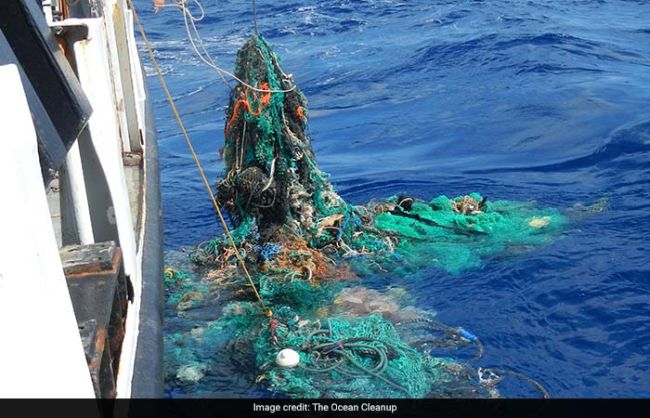More than a decade ago, textile expert Juan Hinestroza landed in Xintang, China, and took a walk near a large creek. He noticed the water was a strange color – indigo blue, from highly toxic dyes, pigments and finishes dumped from a neighboring textile factory. Today, Hinestroza and a multidisciplinary team of Cornell chemists and engineers are reaching into a chemistry toolbox to clean up another formidable environmental foe: polyester textile waste.
The team has created a way to break down old polyester clothing and reuse some of its compounds to make fabrics that are fire resistant, anti-bacterial or wrinkle-free – and to halt the proliferation of garment waste in landfills.
It’s a circular approach that is in line with the United Nations Environment Programme, which has begun a worldwide effort to end the developed world’s overconsumption of clothing. The number of times clothing gets worn has decreased 36% in the past two decades, according to the program.




















